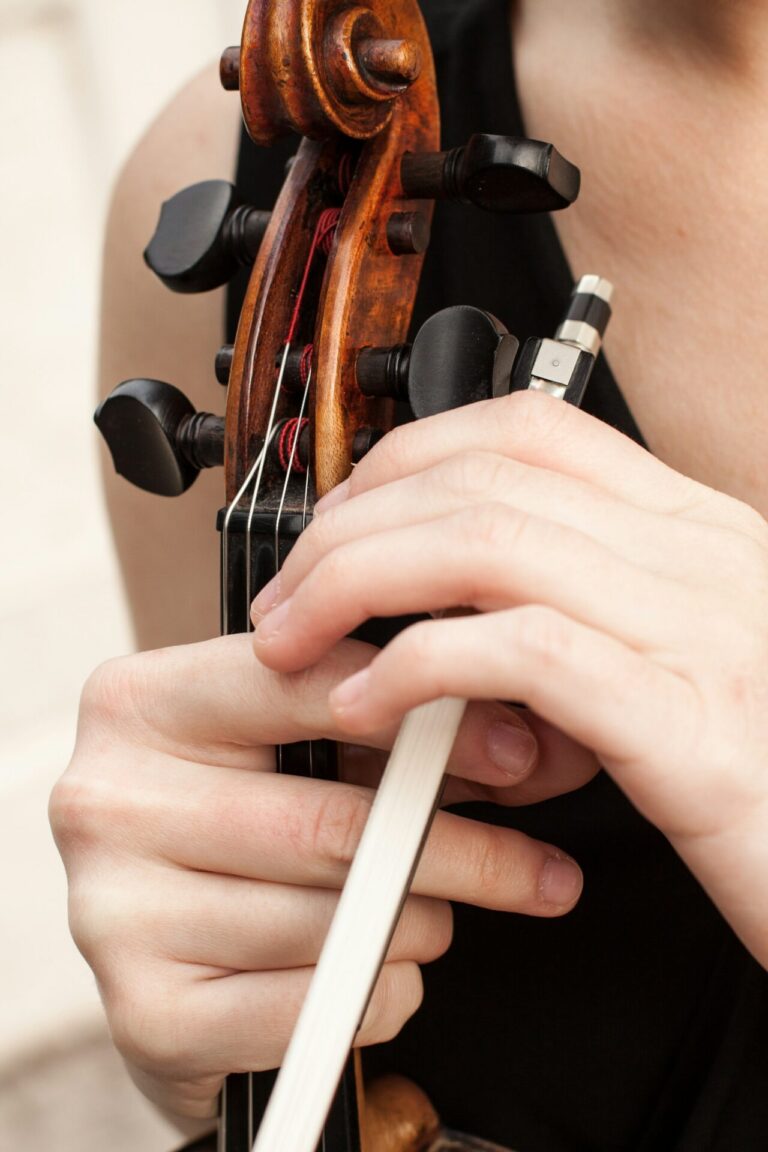Let’s talk about bow distribution? Where to start?
Playing the violin has so many things to be aware of, and that’s why it’s one of the most challenging instruments to learn and master.
One of the aspects that I’ve been working hard with my students it’s to teach them about bow distribution by applying its principles in the Suzuki Method repertoire.
The concept of bow distribution is basically “how we use our bow”. In other words, we are conditioning our bow to a certain pattern, which is hardly straightforward while playing our instruments.
Bow sections

There are many ways that we can divide the violin bow, above you can see it divided like into four equal parts.
Each section was named to help identify where to begin playing.
0 – Frog
1 – Balance Point
2 – Middle
3 – Upper Half
4 – Tip
Depending on what you are playing or which kind of sound you want, a specific part will do a better job. For example for playing spiccato you gonna find it easier to play around the balance point, or if you are playing martelé you won’t stay at the upper half.
Because the Suzuki Method offers a progressively graded repertoire it’s possible to learn gradually how to use properly the bow. What I’ve been noticing is how the foundation of playing between the balance point and upper half is so important.
I’m going to cover each part of the bow in later posts, but can you tell which part of the bow you feel more comfortable playing?
I will give you two steps to start getting better at bow distribution.
1- Awareness. Can you tell where on the bow you are playing?
2- Bow Stop. Can you manage to stop your bow without any scratches?
And one simple exercise that will help you even more
1- Play Perpetual Motion starting at the balance point
2- Play Perpetual Motion starting in the middle
3- Play Perpetual Motion starting in the upper half
You can check my Perpetual Motion performance on YouTube, can you tell me what is the bow distribution I’m using?
Let me know in the comments below if you have any questions!
Don’t forget to check the resources page for more content like this



